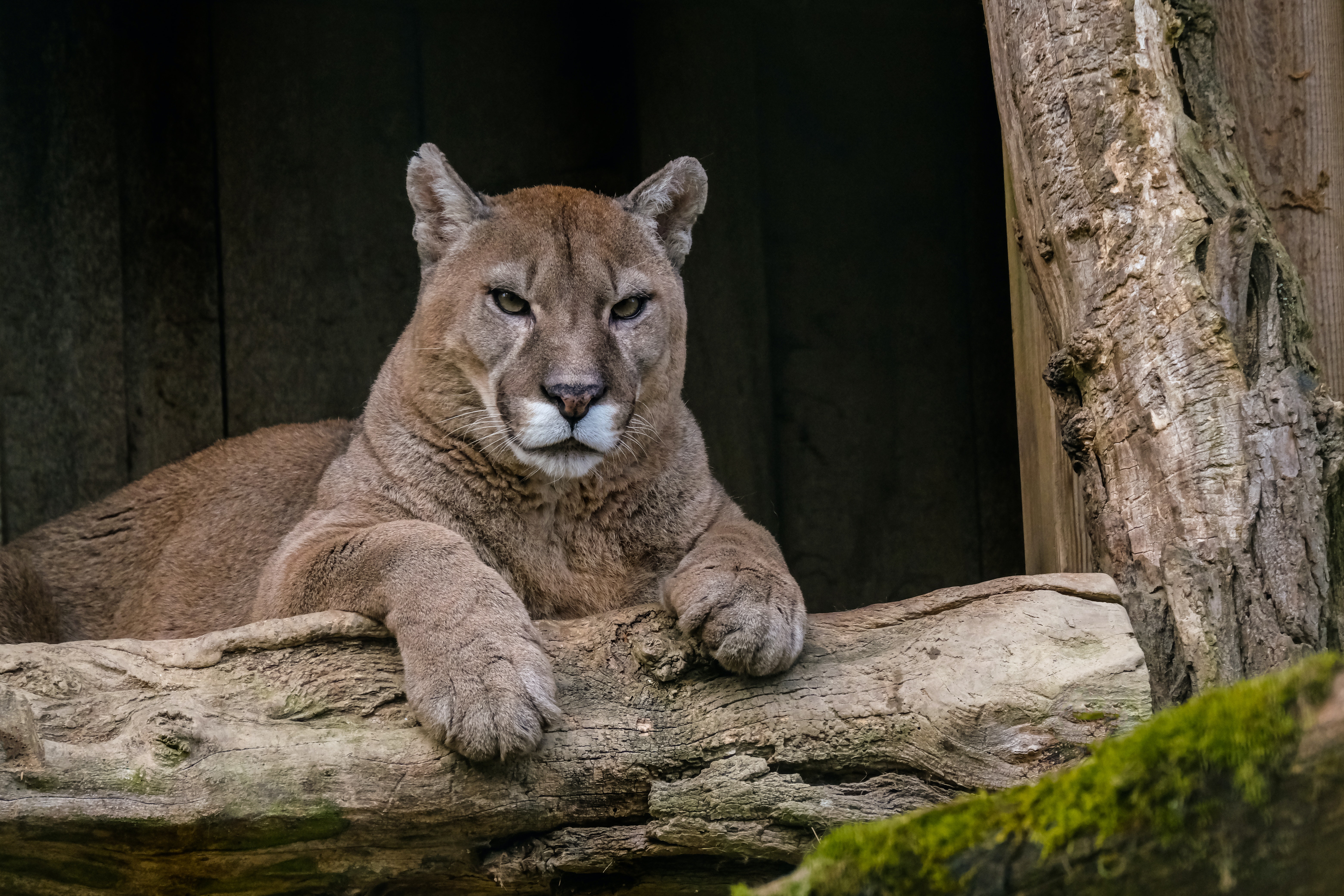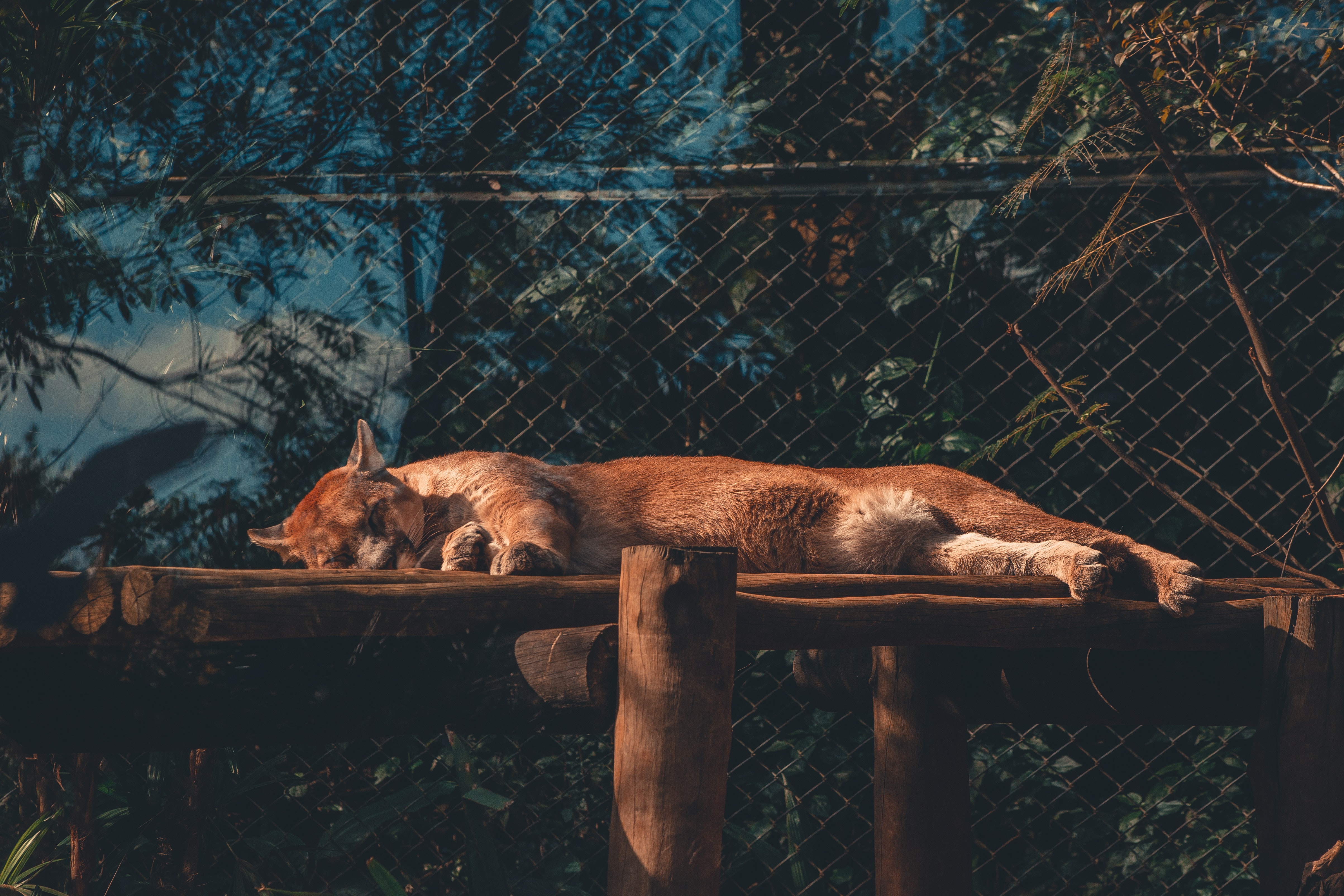Introduction:
In the dense jungles and rugged mountains of the Americas, roams a creature of unmatched prowess and beauty – the Cougar Cratus. Also known as the Mountain Lion or Puma, this elusive feline is a master of its domain, equipped with exceptional physical abilities and a formidable hunting strategy. In this article, we will explore the various facets of the Cougar Cratus, delving into its habitat, physical characteristics, behavior, hunting techniques, and the importance of conserving this majestic predator.
Table of Contents
1. The Habitat of Cougar Cratus:
The Cougar Cratus inhabits a diverse range of environments, from dense forests to arid deserts. Found predominantly in North and South America, these solitary cats can be spotted in the Western United States, Canada, Mexico, and several Central and South American countries. Their adaptability allows them to thrive in various ecosystems, including mountains, grasslands, and even coastal regions.
2. Unraveling Physical Characteristics:
The Cougar Cratus boasts an impressive physique, making it one of the largest wildcats in the Americas. Adult males can reach lengths of up to 8 feet, including their powerful tails, and can weigh between 130 to 220 pounds. Females are generally smaller, but still agile and formidable. Their tawny or reddish-brown fur provides excellent camouflage in their natural surroundings, and they have distinctive white underbellies and black-tipped tails.
3. Solitary and Territorial Behavior:

One of the most intriguing aspects of Cougar Cratus is their solitary nature. Unlike some other big cats that live in prides, these felines prefer a more solitary lifestyle, avoiding interactions with other individuals except during mating season. Each cougar has its territory, which can span up to 200 square miles, and they are fiercely protective of it.
4. Stealthy and Silent Hunters:
The Cougar Cratus case has earned a reputation as a stealthy and silent hunter, capable of stalking its prey with unmatched precision. Thanks to their keen senses of sight and hearing, they can detect even the faintest rustle of leaves or the distant sounds of their quarry. Their powerful hind legs enable them to leap great distances, often covering up to 40 feet in a single jump.
5. Hunting Techniques of the Cougar Cratus:
When hunting, the Cougar Cratus case utilizes a combination of tactics to ensure a successful kill. Their ambush technique involves patiently waiting and then pouncing on unsuspecting prey. Another method is stalking their quarry stealthily and silently, inching closer with every step. They often prefer preying on deer, but their diet can also include smaller mammals like rabbits and rodents.
6. The Importance of Cougar Cratus in the Ecosystem:

The Cougar Cratus plays a crucial role in maintaining ecological balance within its habitat. As apex predators, they help control herbivore populations, preventing overgrazing and ensuring a healthy ecosystem for other flora and fauna. By doing so, they indirectly influence the structure and diversity of the entire ecosystem.
7. Human-Wildlife Conflicts:
Despite their elusive nature, the expanding human population and habitat encroachment have led to increased human-wildlife conflicts. Cougars, in their search for food and territory, sometimes come into contact with human settlements, resulting in concerns for public safety. Conservation efforts and responsible land-use planning are essential to mitigating such conflicts.
8. Conservation Status and Efforts:
The Cougar Cratus faces numerous threats, including habitat loss, hunting, and the fragmentation of their territories. As a result, their conservation status varies across different regions. Some countries have classified them as endangered, while others list them as a species of least concern. International and regional organizations, along with local wildlife agencies, are working tirelessly to protect their habitats, monitor their populations, and educate the public about coexisting with these magnificent creatures.
Conclusion:
The Cougar Cratus is an epitome of strength and adaptability, thriving in diverse environments throughout the Americas. With their solitary and stealthy nature, they embody the essence of the wild, silently prowling the landscapes they call home. As guardians of ecological balance, they hold a crucial place in the natural world, making their conservation a matter of utmost importance. By respecting their habitats and appreciating their role in the ecosystem, we can ensure the survival of this remarkable predator for generations to come.
